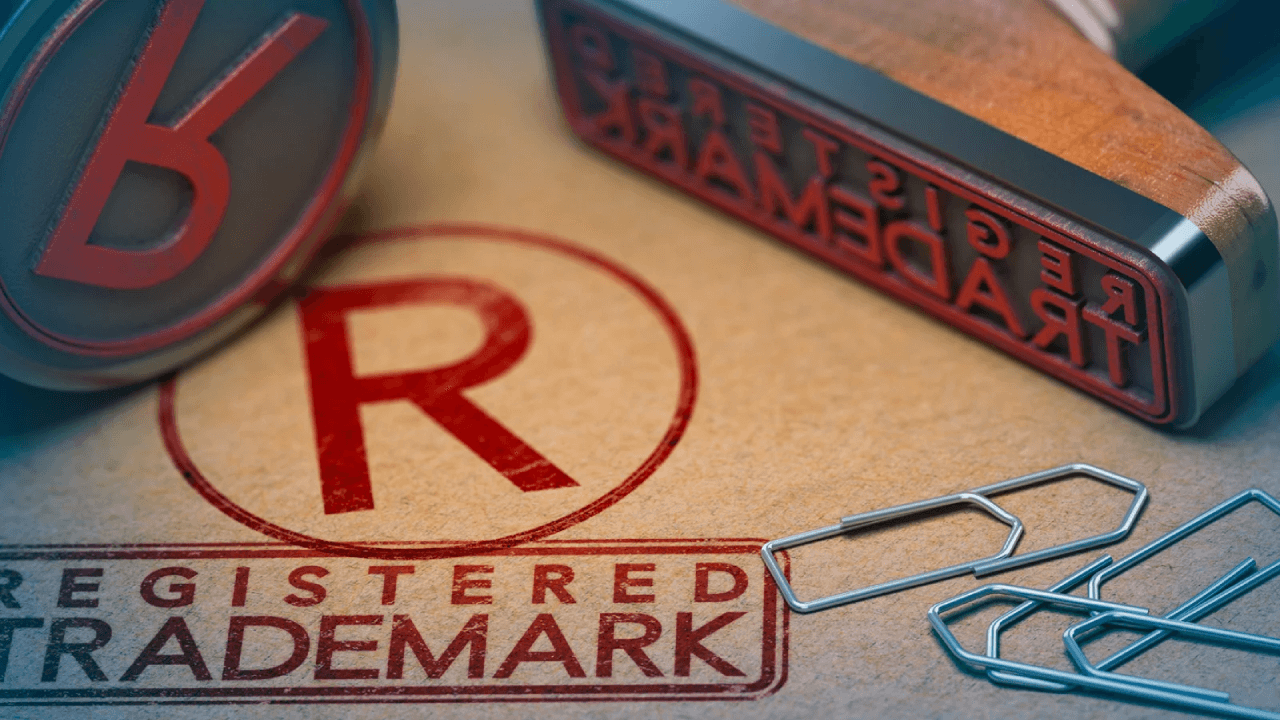Trademarks are important intellectual property assets that businesses use to protect their brand identity and prevent others from using similar marks that could lead to confusion in the marketplace. A key aspect of trademark registration is the submission of a drawing or image that represents the mark being registered. In this article, we'll explore what trademark drawings are, why they are important, and how to create them.
What is a Trademark Drawing?
A trademark drawing is a visual representation of the trademark being registered. It can be a logo, design, wordmark, or a combination of these elements. The drawing must accurately represent the mark and can be either black and white or in color. Trademark drawings are typically submitted with the trademark application and are used by the trademark office to determine whether the mark is eligible for registration.
Why are Trademark Drawings Important?
Trademark drawings are important for several reasons. First, they provide a clear and concise representation of the mark being registered. This is important for the trademark office to accurately assess whether the mark is eligible for registration and to prevent confusion with existing marks.
Second, trademark drawings are used to protect the mark from infringement. Once a mark is registered, the owner has the exclusive right to use the mark in connection with the goods or services listed in the registration. The drawing serves as evidence of the mark's ownership and can be used in legal proceedings to enforce the owner's rights.
Finally, trademark drawings can be an important part of a company's branding strategy. A well-designed and distinctive mark can help to distinguish a company's products or services from those of its competitors and can build brand recognition and customer loyalty.
How to Create a Trademark Drawing
Creating a trademark drawing can be a complex process, but it is important to get it right to ensure the mark is accurately represented and eligible for registration. Here are some tips for creating a trademark drawing:
- Keep it simple: The drawing should be simple and easy to understand. Avoid complex designs or detailed images that may be difficult to reproduce or may not translate well in different sizes or formats.
- Be accurate: The drawing should accurately represent the mark being registered. If the mark includes specific colors or fonts, make sure these are included in the drawing.
- Use professional software: To ensure a high-quality drawing, use professional design software such as Adobe Illustrator or Inkscape. These programs allow for precise and scalable designs that can be easily modified if needed.
- Check the trademark office guidelines: Before submitting the drawing, review the trademark office guidelines to ensure it meets their specific requirements. Each office may have different requirements for image size, format, and resolution.
- Consider hiring a professional: If you are not comfortable creating the drawing yourself, consider hiring a professional designer or trademark attorney to assist you. They can ensure the drawing meets all the necessary requirements and accurately represents the mark being registered.
In conclusion, trademark drawings are an important aspect of the trademark registration process. They provide a clear and concise representation of the mark being registered, protect the mark from infringement, and can be an important part of a company's branding strategy. By following these tips and guidelines, you can create a trademark drawing that accurately represents your mark and increases its chances of being registered.













Georgia Reader Reply
Et rerum totam nisi. Molestiae vel quam dolorum vel voluptatem et et. Est ad aut sapiente quis molestiae est qui cum soluta. Vero aut rerum vel. Rerum quos laboriosam placeat ex qui. Sint qui facilis et.